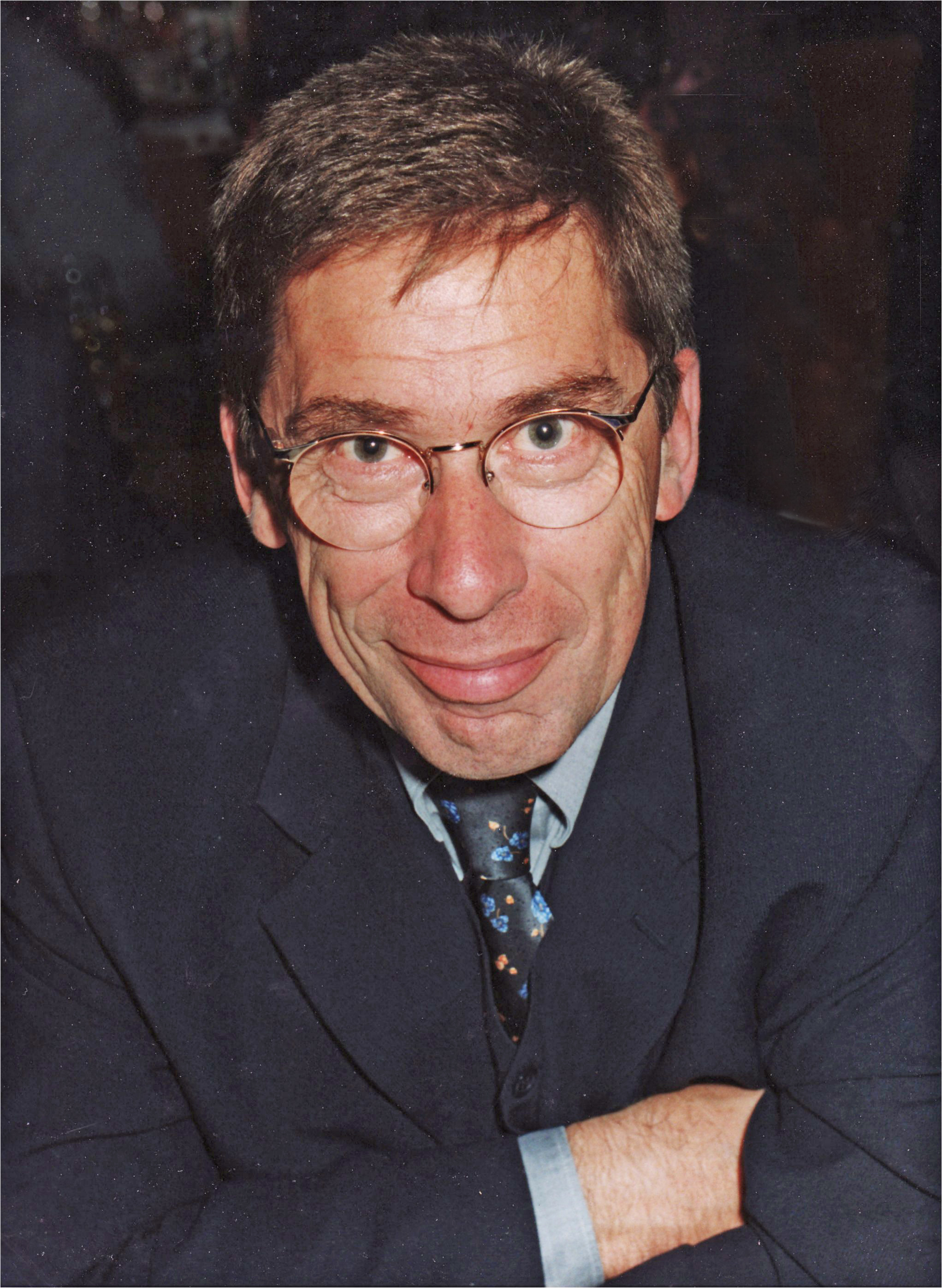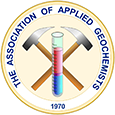Hubert Zeegers
1942-2013

Hubert Zeegers, formerly International Director of the Bureau de Recherches Géologique et Minières (BRGM) in Orléans, France, died suddenly in July 2013. He was a knowledgeable and widely respected exploration geologist and geochemist who for some 40 years had worked extensively in West Africa, South America and SE Asia, undertaking projects ranging from regional geochemical surveys to more detailed site investigations. Hubert was able to combine practical, commercially-focussed exploration experience with research interests, and encouraged his staff to adopt a similar approach.
Hubert Zeegers was born in Belgium and graduated with a PhD in geology from the Louvain Catholic University in 1969. After graduation, he spent five years in mineral exploration projects with the United Nations Development Program based in Burkina Faso (then Upper Volta). It was during this period that he developed his interest in multi-element geochemical exploration techniques.
Hubert joined the BRGM in 1974, when the organization was undertaking large regional geochemical surveys in many parts of the world. He continued to work in savanna and rainforest terrains, mainly in West and Central Africa (Mali, Cote d’Ivoire, Burkina Faso and Gabon), but also in South America, especially French Guiana. BRGM at that time had the complex and sometimes seemingly conflicting roles of geological survey and scientific research organization, geological and geochemical service contractor to overseas governments, and semi-autonomous private exploration company. These activities gave Hubert experience in exploration in many different environments, and presented him with the opportunity to identify important research problems, particularly those relating to exploration in deeply weathered, lateritic terrain. There was considerable scientific discussion about the processes of weathering and lateritization and, particularly, whether geochemical signals in laterites were truly autochthonous and representative of the underlying bedrock. It was also a creative period when multi-element ICP-ES analysis and computer-aided data handling were being developed, providing further exploration and research opportunities. Hubert was very keen to import and apply these new technologies to geological issues and he stimulated considerable research and development on these topics. He formed collaborative links with universities working on soil science, weathering processes and geomorphology of these regions, notably with Yves Tardy at the University of Strasbourg and Daniel Nahon at the University of Poitiers, with a view to relating geochemical dispersion to the history of the landscape. The combination of scientific concepts from soil science, analytical geochemistry and economic geology was very fruitful. He presented an early paper on this subject at an IGCP Symposium in India in 1979. Similar ideas being pursued by CSIRO in Australia were presented by Charles Butt at the same Symposium and this was the starting point for a long and productive collaboration. In 1987, Hubert and Etienne Wilhelm were co-conveners of the 12th International Geochemical Exploration Symposium, hosted by BRGM in Orléans. This was a peak period for regolith exploration geochemistry with the boom gold exploration and interest in supergene gold deposits. Collaboration between BRGM and CSIRO continued as Hubert and Charles combined to compile a volume in the series Handbook of Exploration Geochemistry (Regolith exploration geochemistry in tropical and sub-tropical terrains), which was published in 1992. Gold was still the major focus of exploration and the collaboration between the two organizations included exchange visits of research students Philippe Freyssinet and Louisa Lawrance, both then studying aspects of gold dispersion in lateritic terrain, in Mali and Western Australia, respectively. Hubert visited Australia whilst working on the Handbook, taking advantage of the difference in seasons to stock up on quantities of surfing fashions, for himself and his son Yves, which in France lagged 6 to 18 months behind the scene in Australia! In the days before the internet, Hubert always travelled with a powerful radio receiver to keep in touch with home news and during his visit to Perth in 1987, he was somewhat dismayed by the difference in reporting of the Chernobyl nuclear reactor crisis between Australia and France.
Hubert and Etienne Wilhelm co-managed a dynamic team of geologists and geochemists whose work led to several discoveries mostly in Mali, Guinea and Cote d’Ivoire. These regions were poorly explored in the early eighties and many of the exploration projects he managed in this region remain as important sources of information.
In 1994, BRGM transferred its commercially-oriented mineral exploration activities into La Source Compagnie Minière, a joint venture with the Australian company Normandy Exploration. Hubert was appointed as head of the international activities of BRGM, a position he held until La Source was dissolved in 2004. He then resigned from the BRGM and became an independent consultant.
Hubert had a real passion for Africa, particularly West Africa, not only for its geology, but also for its peoples and ethnic culture. He particularly wanted to help African geologists, to which end he became Director of CIFEG (Centre International pour la Formation et les Echanges en Geosciences), a foundation sponsored by UNESCO and the French government. Through CIFEG, he devoted his energy to boosting aid projects aimed at developing training and cooperation in earth sciences in Africa.
Hubert died after a short illness at his home in Trebeurden, a small village in Brittany. He was 71. He is survived by his wife Françoise, and by his children Yves and Anne-Françoise.
Philippe Freyssinet and Charles Butt
October 2013
